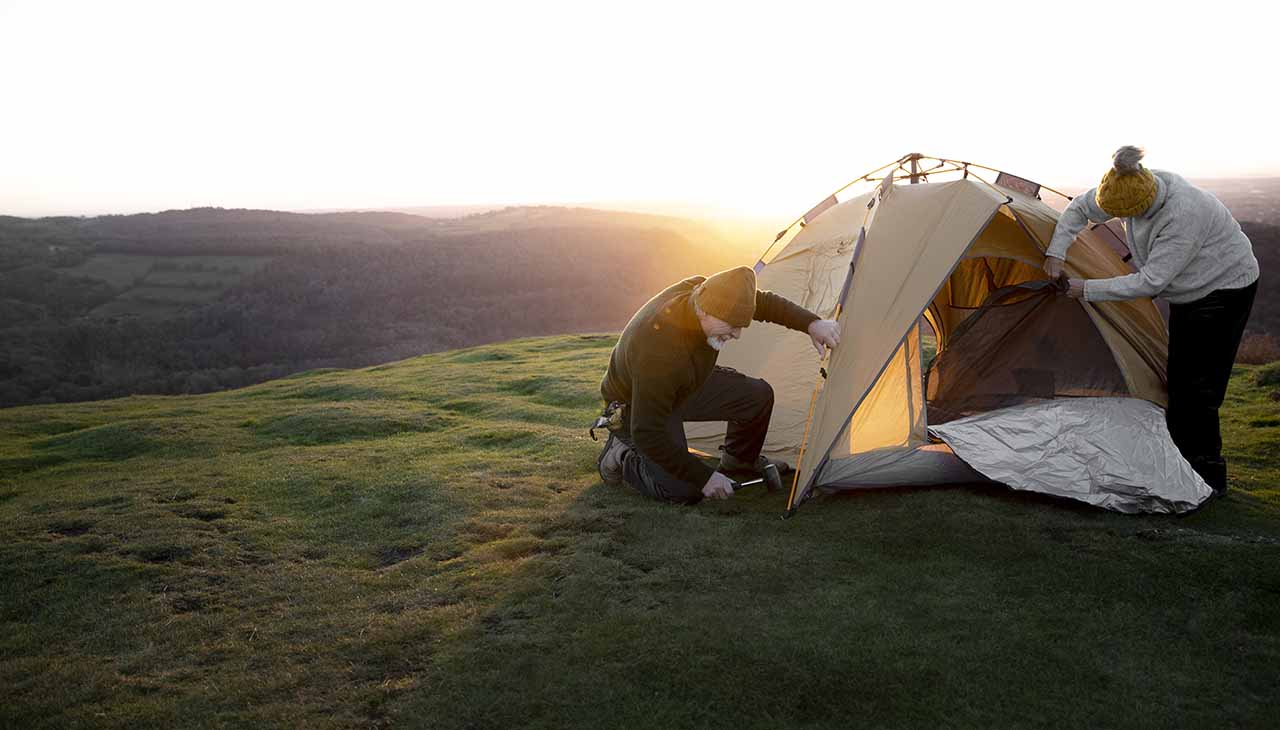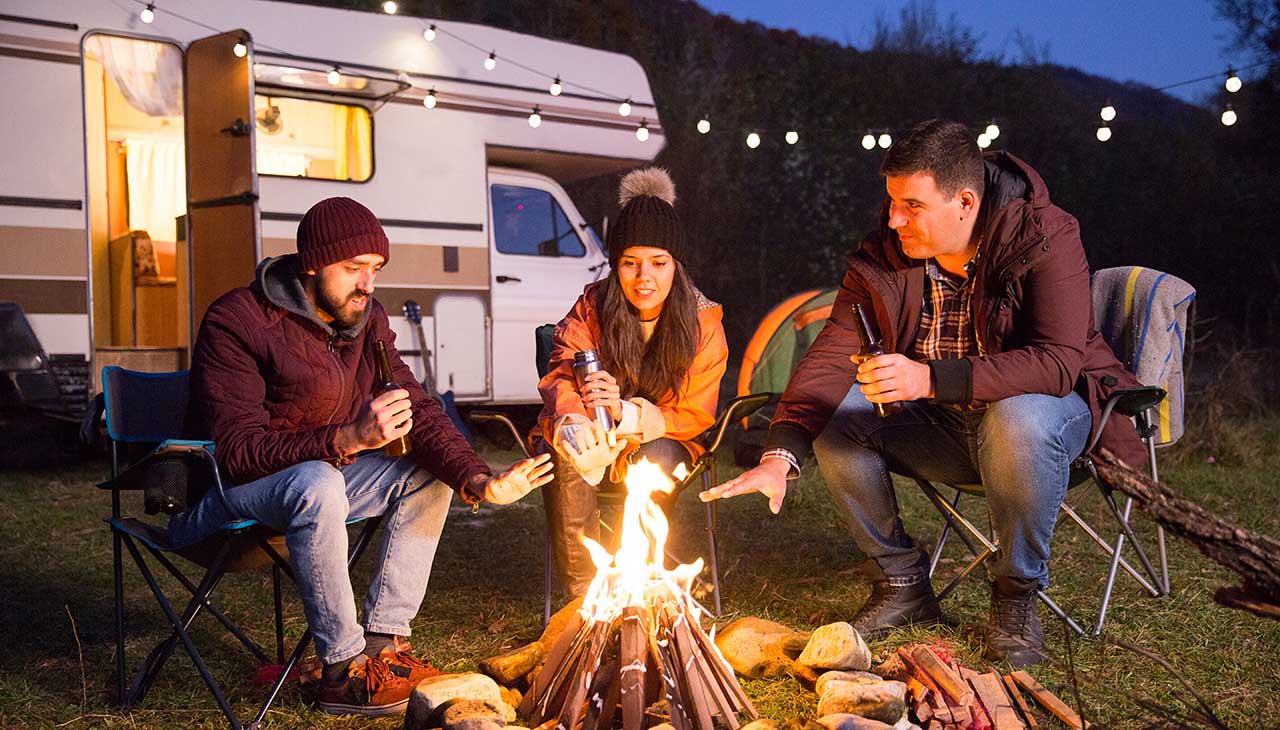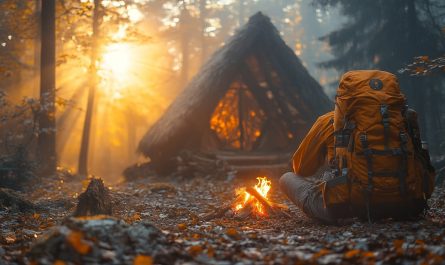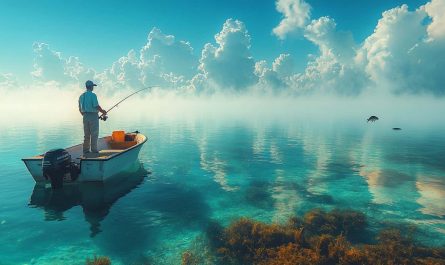The allure of the great outdoors calls to the adventurer in us all. Across the United States, a tapestry of stunning landscapes awaits, from the towering redwoods in California to the serene waters of Maine’s coastline. Camping in these destinations offers more than just a night under the stars. It is a gateway to reconnecting with nature, finding peace away from the hustle of modern life, and experiencing the raw beauty of America’s wilderness. This guide aims to take you on a journey through some of the most breathtaking camping destinations across the country. Prepare to pack your bags, set up your tent, and immerse yourself in the wonders of nature.
Planning Your Adventure
Researching and Selecting the Right Camping Destination
Choosing the perfect camping destination is the first step toward an unforgettable adventure. Whether you prefer the majesty of national parks, the serenity of state parks, or the amenities offered by private campgrounds, your choice will shape your camping experience. National parks often offer breathtaking natural wonders and are ideal for those looking to explore iconic landscapes and rich biodiversity. State parks might provide a more intimate encounter with nature, often less crowded, allowing for a peaceful retreat. Private campgrounds, on the other hand, might offer additional amenities such as Wi-Fi, electrical hookups, and even swimming pools, catering to those who enjoy comfort while being close to nature.
Your preferred style of camping should also influence your decision. Tent camping allows you to be closer to nature, offering a more traditional and rustic experience. RV camping provides a home away from home, with the convenience of bringing your amenities and comfort. Glamping, or glamorous camping, is for those who wish to experience the outdoors without sacrificing luxury, often featuring fully furnished tents, beds, and sometimes even air conditioning.
When researching destinations, consider factors such as the type of activities you enjoy, the climate, and the level of wilderness you’re comfortable with. Websites, camping forums, and guidebooks can be invaluable resources for finding that perfect spot. Remember, the goal is to find a destination that aligns with your interests and camping style, ensuring an enjoyable and memorable outdoor experience.
Top Camping Destinations in America
Yellowstone National Park, Wyoming
Yellowstone National Park, a marvel of geothermal phenomena and wild splendor, stands as America’s first national park. It’s a realm where geysers and hot springs coexist with herds of bison and scenes of majestic beauty. Among the must-see attractions are Old Faithful, Mammoth Hot Springs, and the Grand Canyon of Yellowstone. Campers can find accommodations in several campgrounds, with Madison and Grant Village being particularly recommended for their scenic locations and accessibility to nearby attractions. Activities like wildlife viewing, geothermal feature exploration, and hiking trails such as the Mystic Falls and Lamar Valley trails offer unforgettable experiences.
Grand Canyon National Park, Arizona
The Grand Canyon, a testament to nature’s artistry and grandeur, presents a landscape of layered red rocks that tells tales of geological epochs. The park offers a range of camping options from the developed campgrounds of the South Rim, like Mather Campground, to the more remote North Rim’s Demotte Campground. Hiking the rim trails provides panoramic views of the canyon, while more adventurous souls may tackle the challenging descent to the Colorado River on the Bright Angel or Kaibab trails.
Yosemite National Park, California
Yosemite National Park is a sanctuary of granite cliffs, waterfalls, and giant sequoias. The beauty of Yosemite Valley and the iconic Half Dome and El Capitan attract visitors worldwide. Campgrounds like Upper Pines and Wawona offer a base to explore the valley, engage in rock climbing, hiking, and witness the spectacular Yosemite Falls. Visitors may also enjoy encounters with the park’s wildlife, such as deer, black bears, and an array of bird species, adding to the magic of Yosemite.
Great Smoky Mountains National Park, Tennessee & North Carolina
Nestled in the heart of Appalachia, the Great Smoky Mountains National Park is a rich tapestry of biodiversity, with an array of flora and fauna unrivaled by any other national park in the country. Campgrounds like Cades Cove and Elkmont provide gateways to exploring the lush forests, stream-filled valleys, and ancient mountains. The park’s scenic drives, such as the Cades Cove Loop, offer breathtaking views and glimpses of historic homesteads, while the network of trails, including the Appalachian Trail, invites hikers of all skill levels.
Acadia National Park, Maine
Acadia National Park encompasses the rugged beauty of Maine’s coast with its craggy cliffs, forest-clad mountains, and ocean vistas. Bar Harbor’s Blackwoods Campground and the more secluded Seawall Campground offer visitors a place to stay amidst this natural splendor. The park’s network of hiking trails, such as the Precipice and Jordan Pond Path trails, provide stunning views and encounters with the park’s diverse habitats. Whether it’s watching the sunrise from Cadillac Mountain, cycling the carriage roads, or exploring the tide pools, Acadia offers a profound connection with the coastal wilderness.
Essential Camping Gear and Tips
Packing List for a Successful Camping Trip
To ensure a comfortable and enjoyable camping experience, it’s vital to pack the right gear. Here is a basic checklist:
- Tent: Make sure it’s large enough for your group and has a rain fly.
- Sleeping Bags: Choose ones rated for the temperature you expect at night.
- Sleeping Pads or Air Mattresses: Adds an extra layer of comfort and insulation.
- Camp Stove: A portable stove is great for cooking meals. Don’t forget the fuel.
- Cookware and Utensils: Pots, pans, plates, cups, and utensils suitable for outdoor cooking.
- Food and Water: Pack enough food for your meals and snacks. Also, bring water and a way to purify natural water sources.
- Cooler: Keeps perishable items fresh.
- Lighting: Headlamps, flashlights, and lanterns.
- First Aid Kit: Include personal medications, bandages, antiseptic, and any other essentials.
- Navigation Tools: Map, compass, or a GPS device.
- Clothing: Prepare for all weather conditions; pack layers, rain gear, and sturdy footwear.
- Personal Items: Sunscreen, insect repellent, toiletries, and a towel.
Safety Tips for Outdoor Enthusiasts
- Stay Informed: Check weather forecasts and park advisories. Be aware of any potential hazards.
- Inform Others: Always tell someone your plans, including where you’re going and when you expect to return.
- Stay on the Trail: To protect both the environment and yourself, stick to marked paths and trails.
- Wildlife Encounters: Keep a safe distance from animals and never feed them.
- Fire Safety: Only use designated fire pits and never leave a fire unattended. Ensure it’s completely extinguished before leaving.
Leave No Trace Principles for Responsible Camping
The Leave No Trace principles are designed to minimize campers’ impact on the environment:
- Plan Ahead and Prepare: Research and prepare for your visit to minimize impact.
- Travel and Camp on Durable Surfaces: Stick to established trails and campsites.
- Dispose of Waste Properly: Pack out all trash, leftover food, and litter. Use toilets or bury human waste properly.
- Leave What You Find: Preserve the past and natural environment. Do not take cultural artifacts or natural objects.
- Minimize Campfire Impacts: Use a camp stove for cooking and enjoy a candle lantern for light. If you build a fire, keep it small and use only fallen wood.
- Respect Wildlife: Observe wildlife from a distance and do not feed them.
Be Considerate of Other Visitors: Keep noise levels down and respect others’ privacy.




